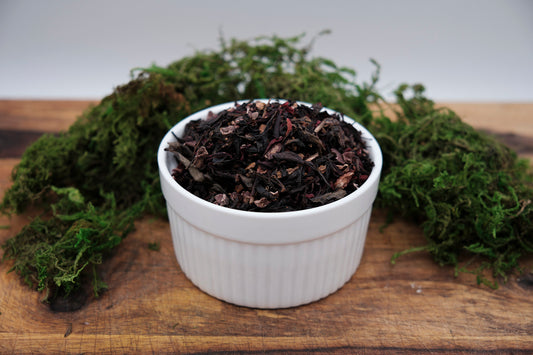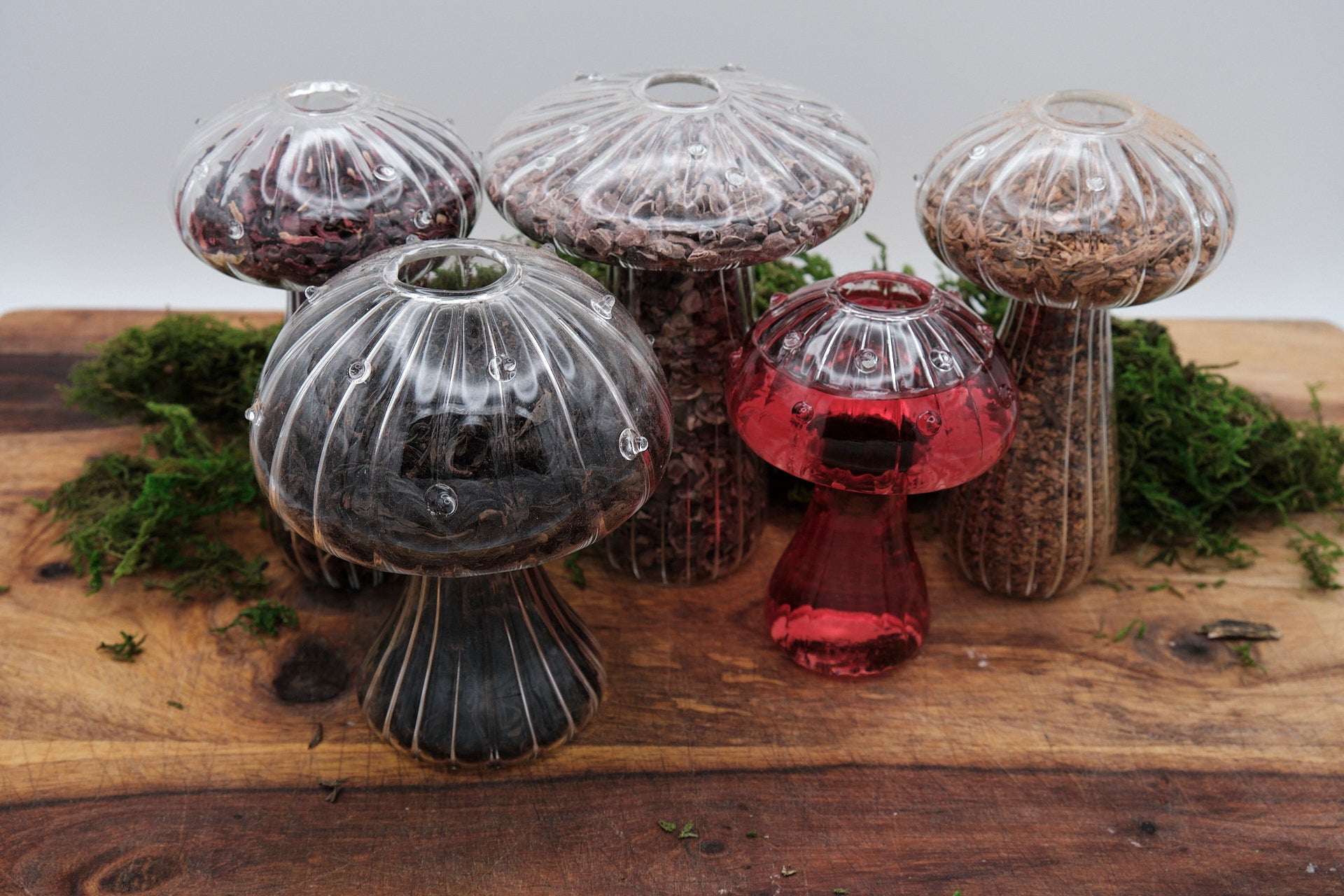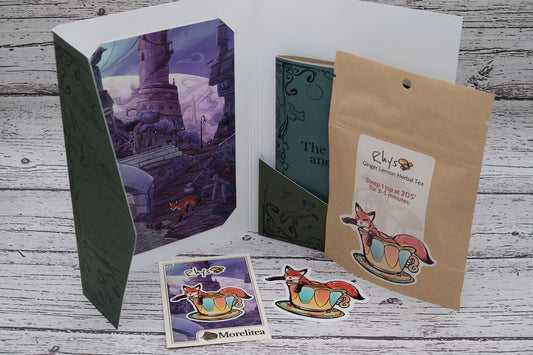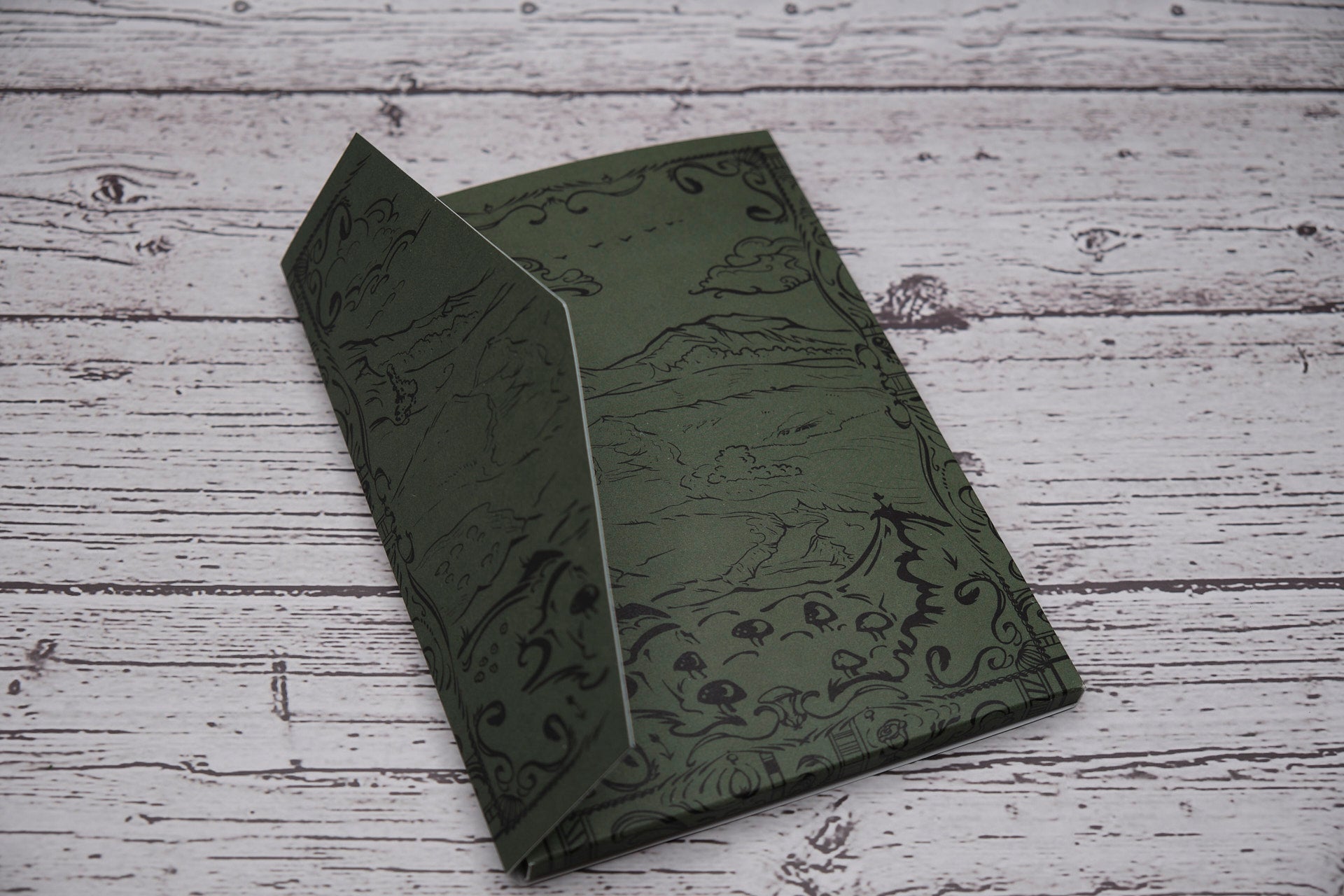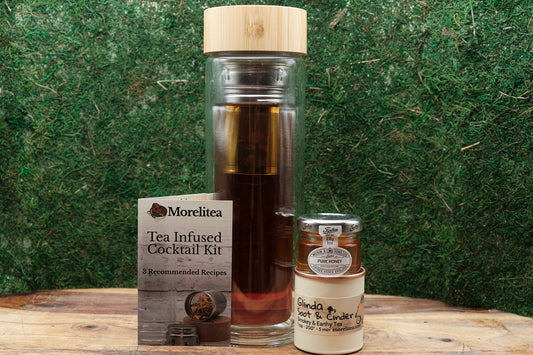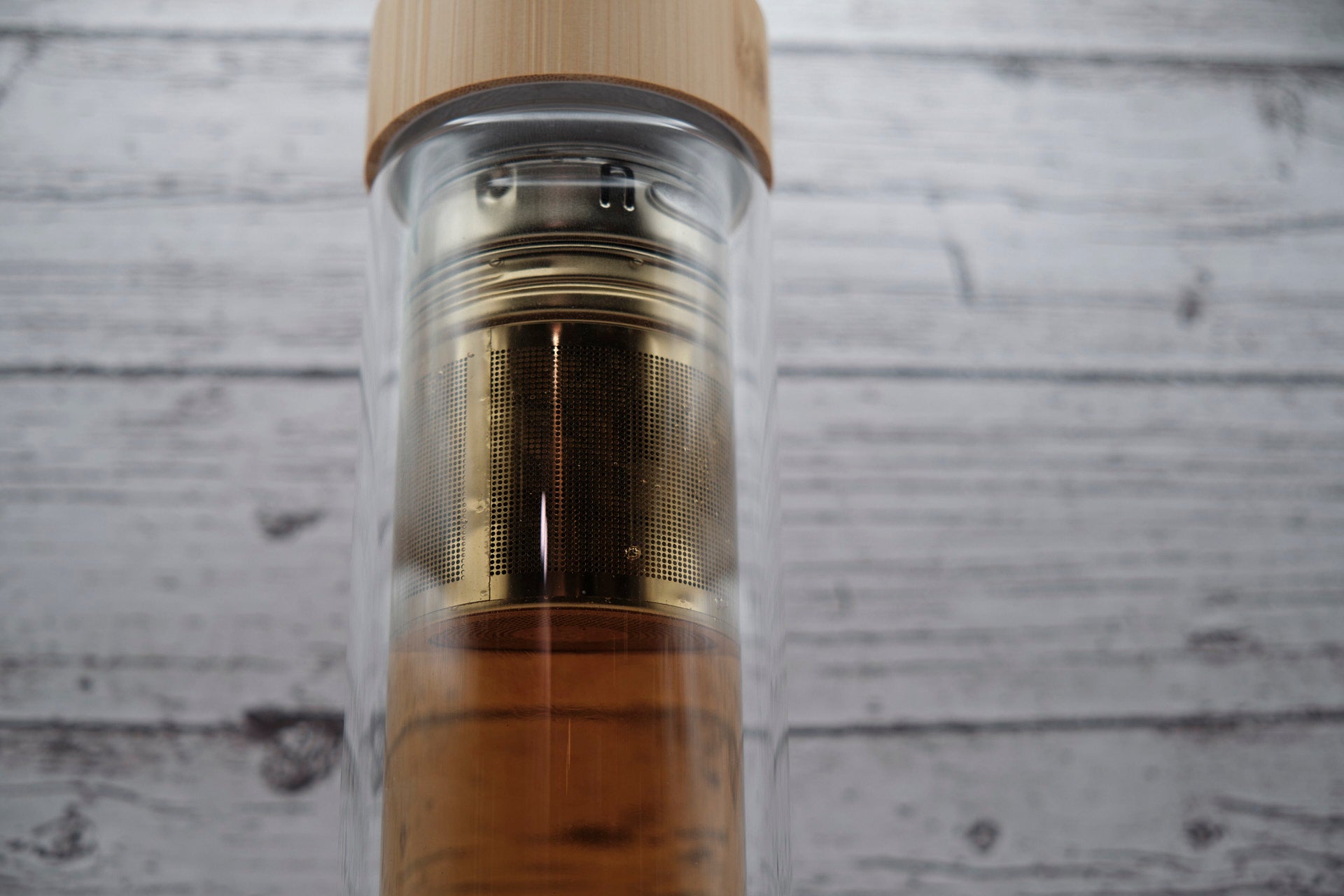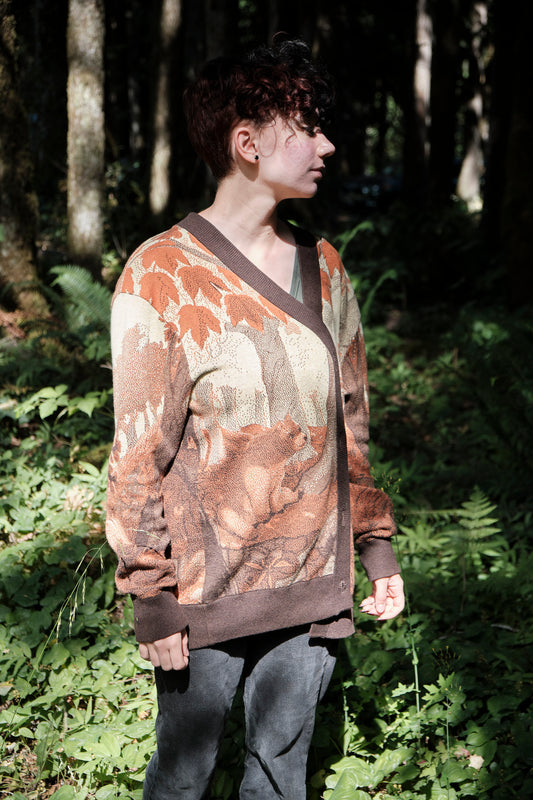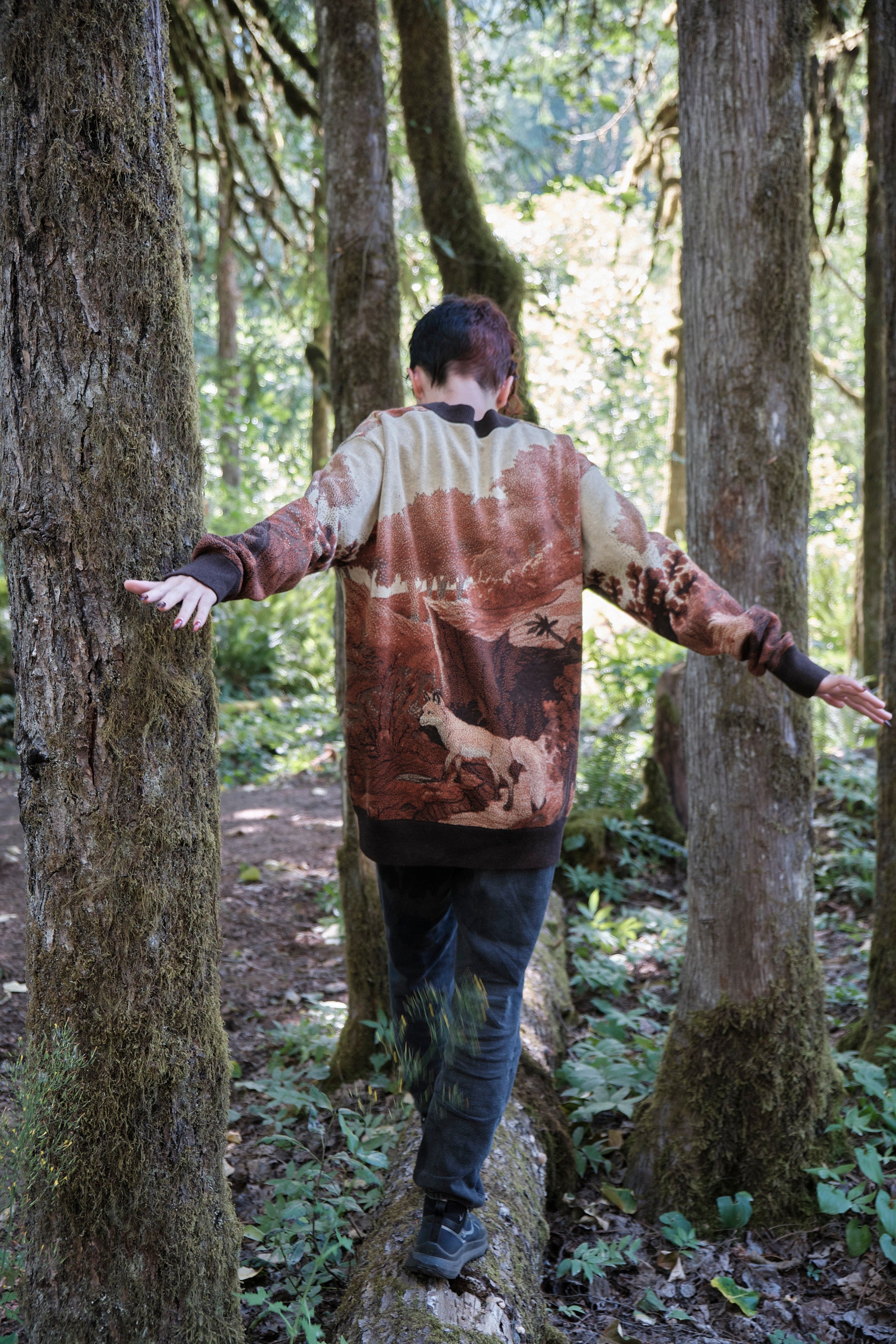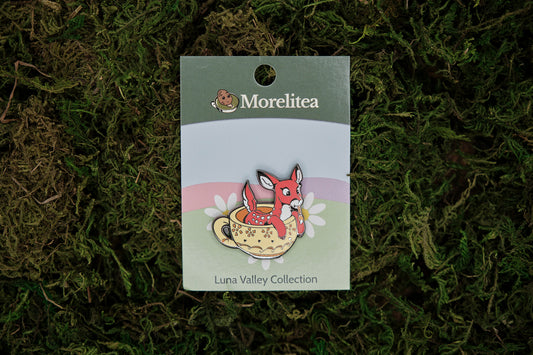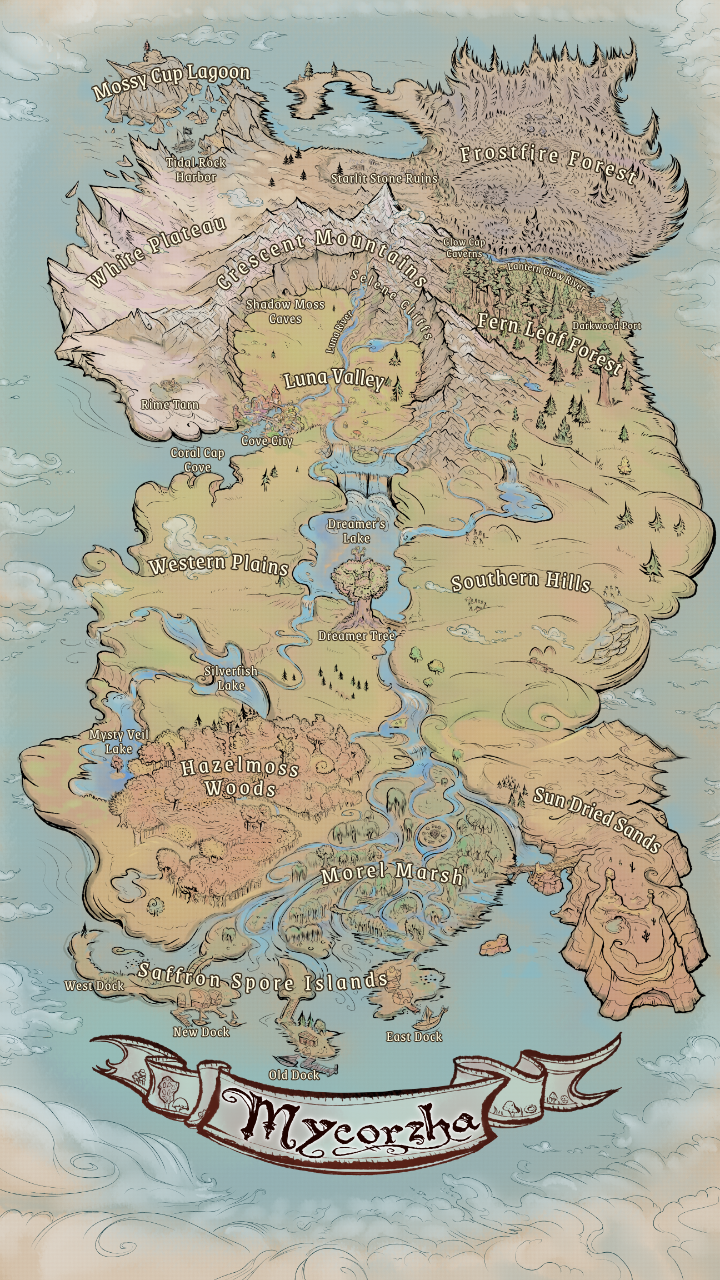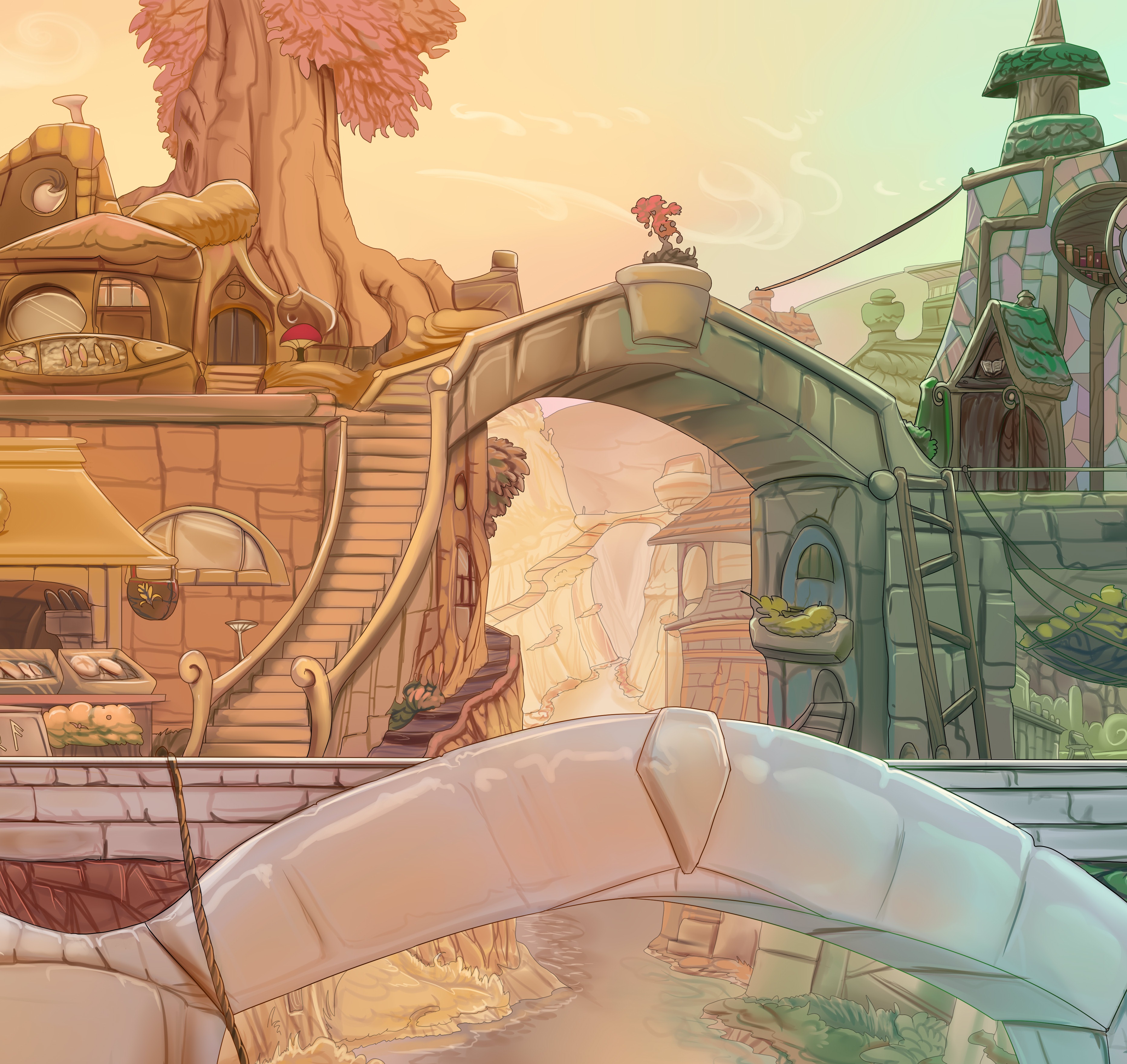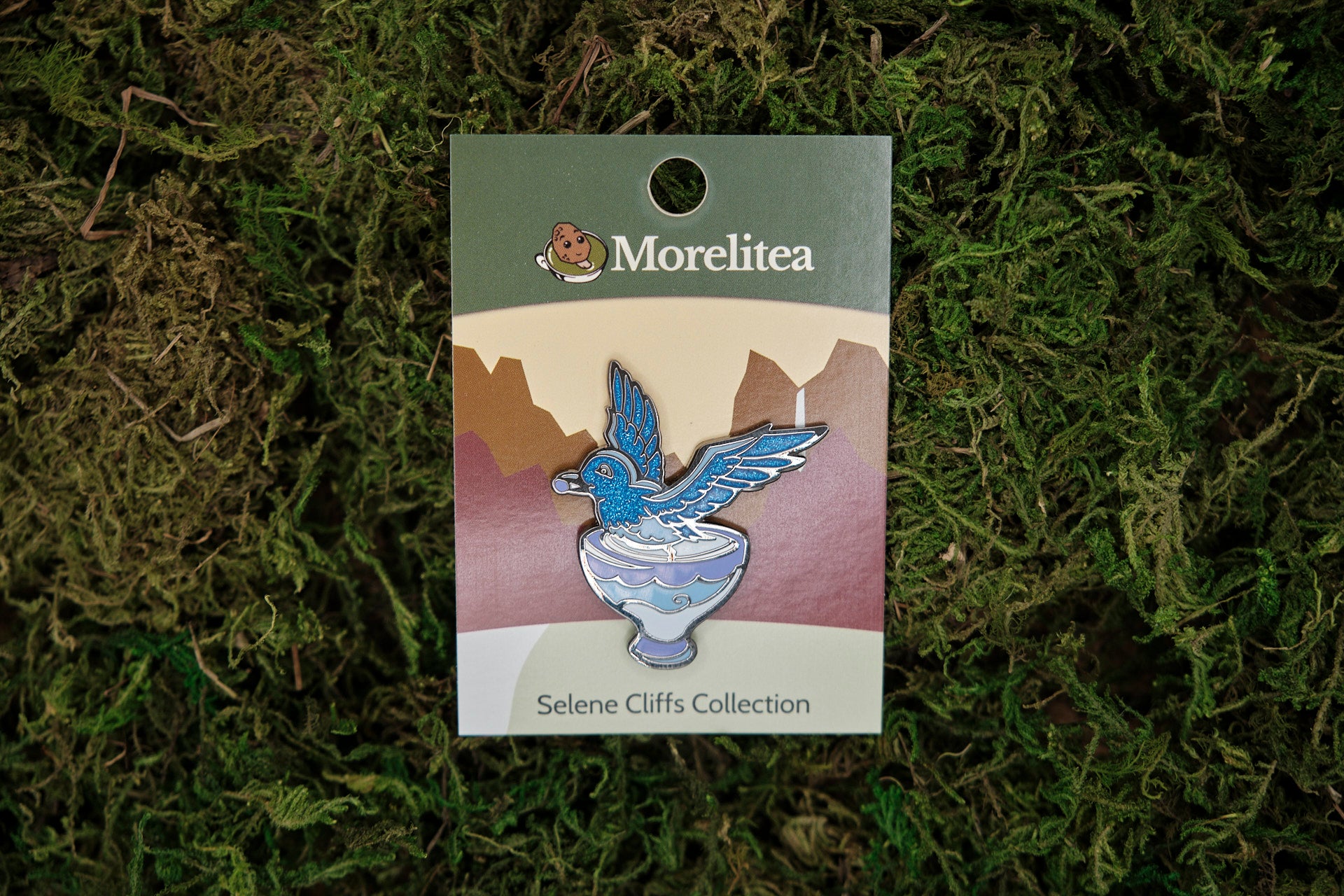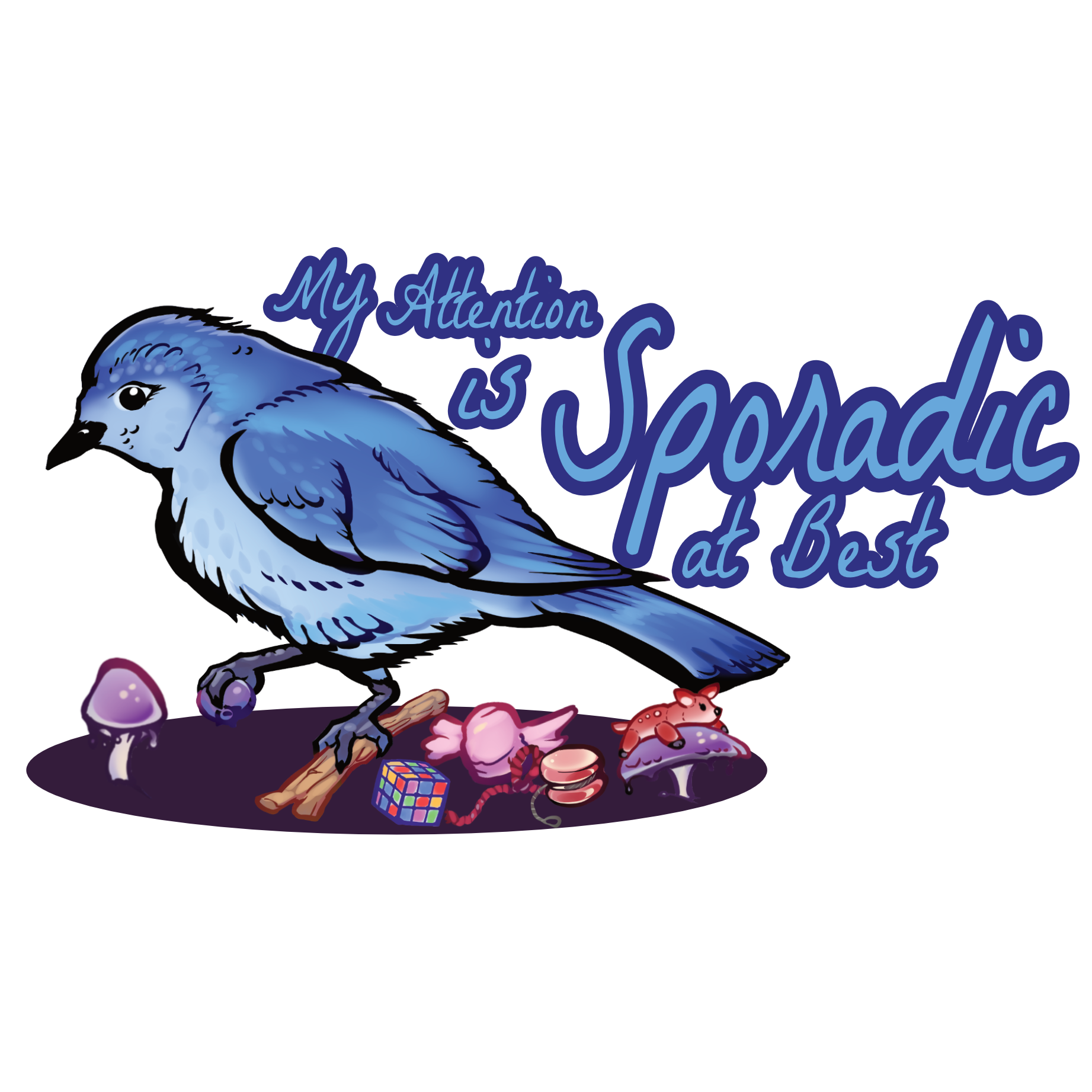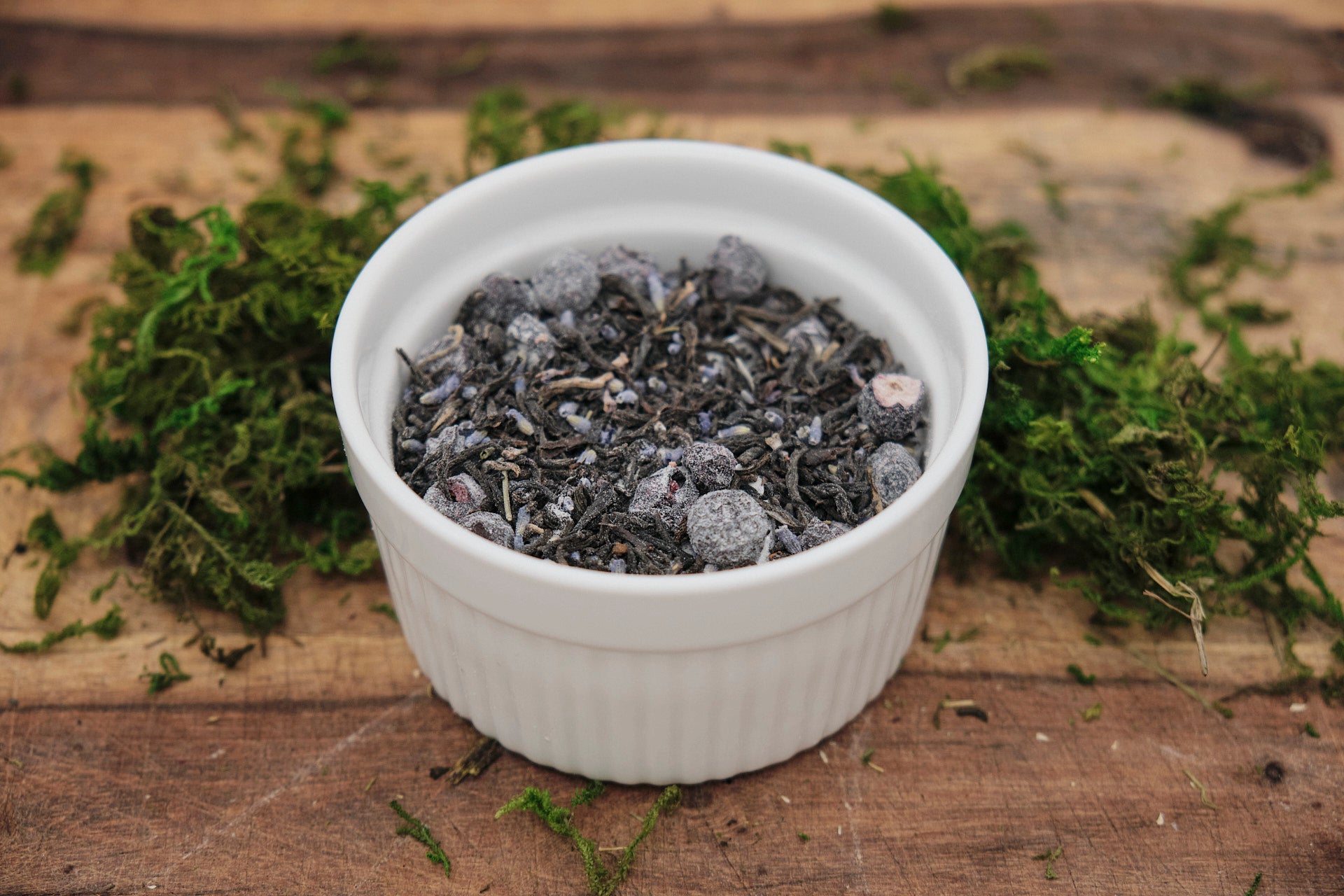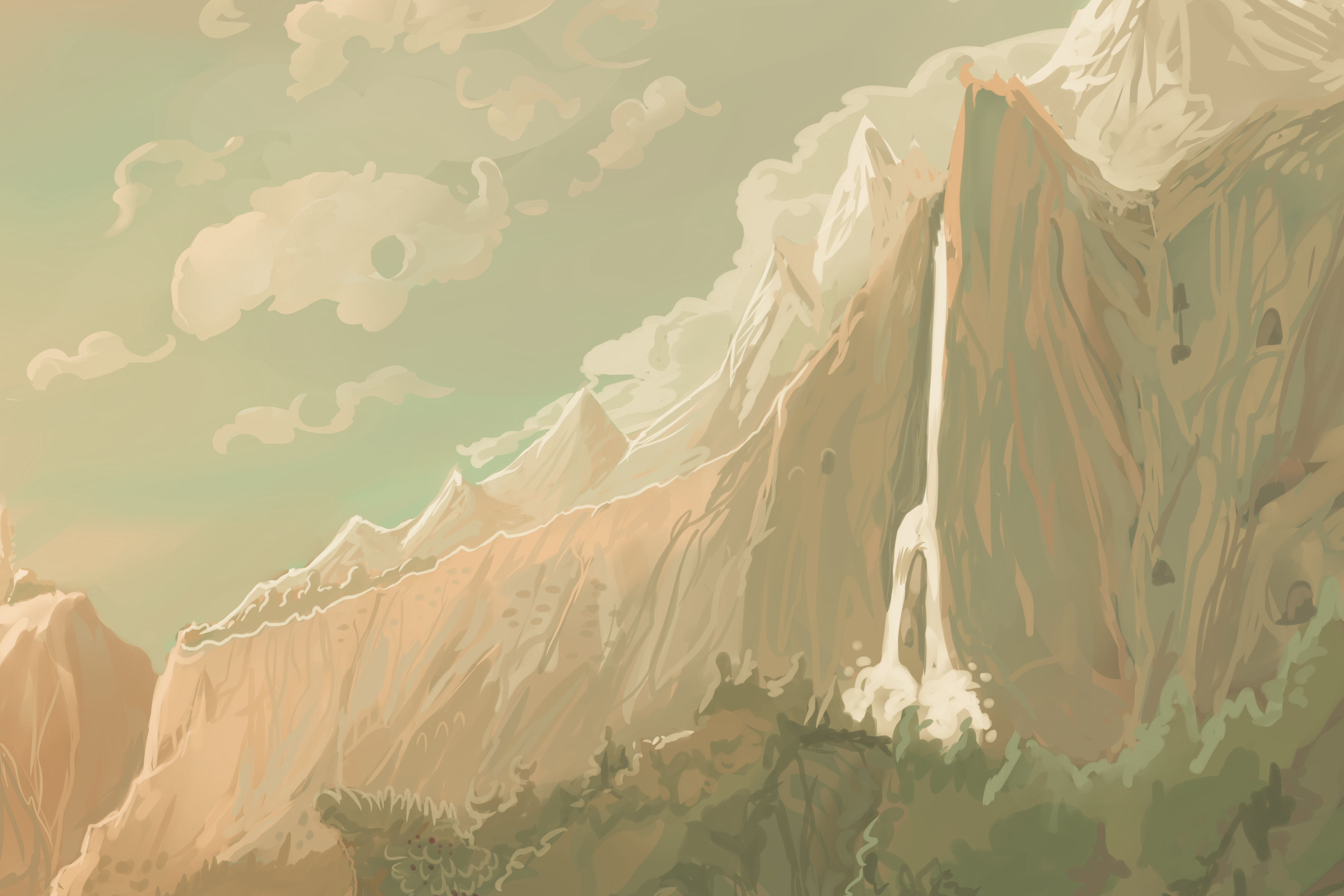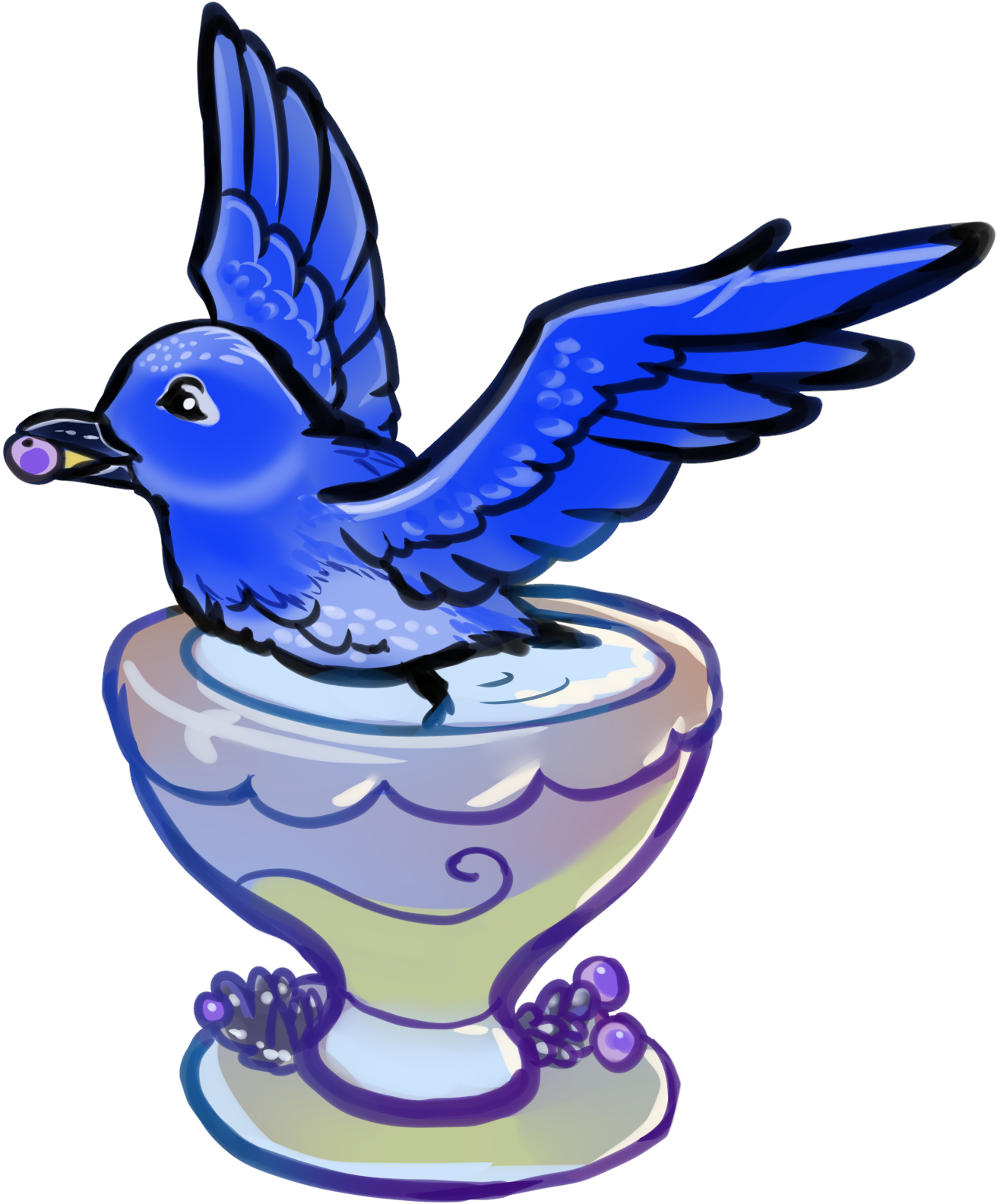The Selene Cliffs speak fast and often in metaphors. References to the gods of the bird pantheon are common. "May Liora (Goddess of Fate) be kind to you" might be something said to someone who is venturing into a risky plan. A bird that does not enjoy the light of dawn might mumble curses to Elanna (Goddess of Light). If a new baby is born the bird's would say "Nimmireth (Goddess of Fertility) has blessed your home and Brigha (Goddess of Family) has warmed your fires." Those not from the cliffs often don't understand who these gods particularly are, but still smile at the blessings all the same.
Regional Differences
Each region of Mycorzha has many shared beliefs and values, but all the same each have aspects that make them unique.
To learn more about shared beliefs, holidays, and cultural aspects on the Isles go to the Mycorzha Wiki ↦
The Selene Cliffs are known for their strict and traditional ways that are reinforced by their tight knit community. Birds do not tend to "leave the nest" unless it is to build a family roost of their own, leading to multi generational homes as the norm of the cliffs. Parents tend to be deeply involved in their kids lives, seeing it as their personal duty to ensure their child's place in the community and their future success. Sometimes this can become overbearing as the parents chatter amongst themselves to keep all the hatchlings in line leaving little room for mistakes without a witness and an inevitable flight back home with your mother cawing into your ears.
Read more
Dialect
Spirituality
The Selene Cliffs have such an extensive Pantheon filled with lore and magic that it has been put onto its own section found below!
Learn more about the Pantheon
Art
Taking to the strong winds of the cliffside, most art here intertwines with the air itself: wind chimes sing in the breeze, colorful flags flutter with messages of wanderers past, and intricate hanging mobiles sway gracefully as if in a dance with the sky. Just like the birds in our own world, the Selene Cliffs are drawn to bright colors and shimmering objects that glimmer under the sunlight. These treasures are often adorned with elaborate, gold-dusted motifs with intricate patterns.
Holidays
The four holidays celebrated in most regions of Mycorzha share the names of the four wind god's within the bird pantheon. The Selene Cliffs see these four holidays as celebration of the winds, adorning the cliffs each major holiday with images of the given god and creating miniature shrines in their honor for the day. If the roost sees one of the four winds as their family deity they tend to go all out and see it as the most important day of the year. Those who celebrate Lumeanar will create beautiful displays of glowing mushrooms so large that those in the valley below often travel to go see the displays, while those who celebrate Arda make so much tea to share the cliffs smell of drying leaves and flowers for a month.
Learn about the 4 major holidays of the Isles
Common Activities and Interests
Unsurprisingly most that live here enjoy evening flights watching the sunset, kites, and a hearty afternoon of gossip with the neighbors. Many also enjoy being part of "finder's clubs" where they create mini scavenger hunts of things to find on the Isles.
Flora & Fauna
✦ Scaly Pholiota (Pholiota squarrosa)
✦ Orange Mycena (Mycena leaiana)
✦ Aspicilia cinerea
✦ Umbilicaria americana (Rock Tripe)
✦ Endocarpon pusillum
✦ Stereocaulon saxatile
✦ Columbine (Aquilegia canadensis)
✦ Cliff Goldenrod (Solidago sciaphila)
✦ Fireweed (Chamerion angustifolium)
✦ Wild Bleeding Heart (Dicentra eximia)
✦ Hairy Beardtongue (Penstemon hirsutus)
✦ Cliff Maiden (Leptodactylon pungens)
✦ Rockcress (Arabis lyrata)
✦ Serviceberries (Amelanchier alnifolia)
✦ Gooseberries (Ribes missouriense)
✦ Wild Strawberries (Fragaria virginiana)
✦ Sumac (Rhus typhina)
✦ Little Bluestem (Schizachyrium scoparium)
✦ Indian Grass (Sorghastrum nutans)
✦ Switchgrass (Panicum virgatum)
✦ Bearberry (Arctostaphylos uva-ursi)
✦ Cliff Fendlerbush (Fendlera rupicola)
✦ Yucca (Yucca filamentosa)
✦ Virginia Creeper (Parthenocissus quinquefolia)
